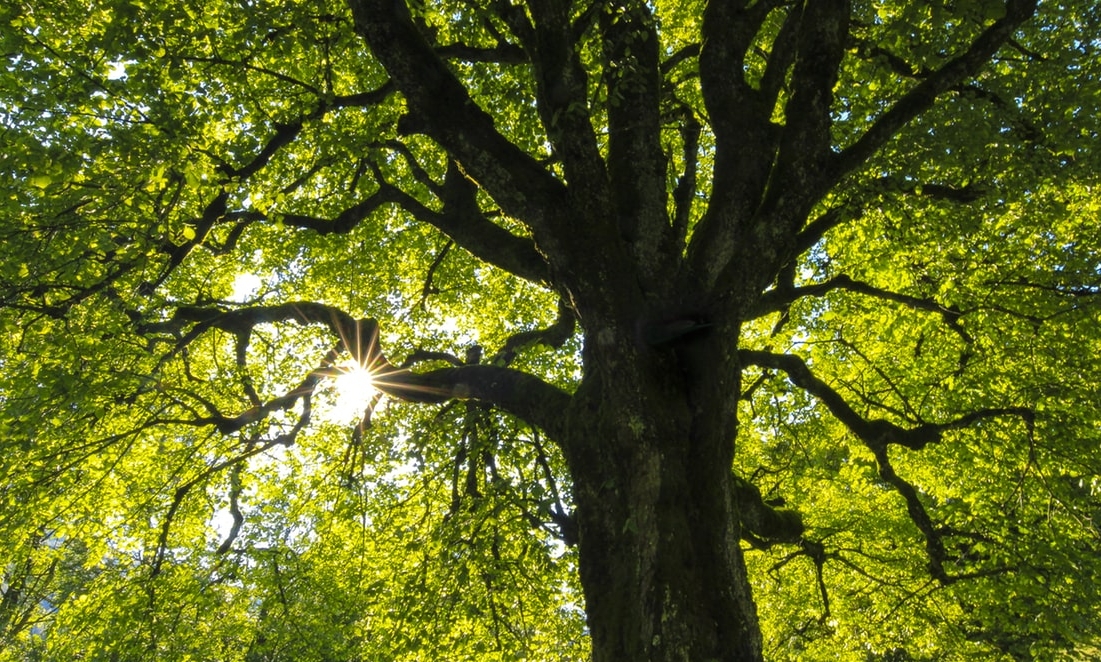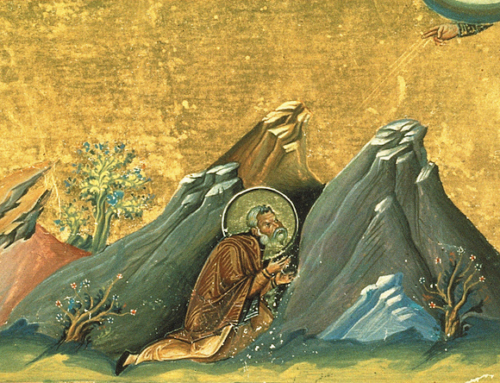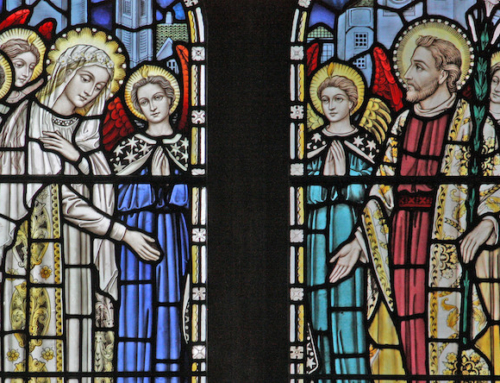Great art has an incredible way of stopping us, of seizing our attention, and directing our gaze to something which is worthy of contemplation. As Pope Emeritus Benedict XVI once exhorted at a general audience, we should engage with great art in such a way that “we may pause to contemplate the ray of beauty that strikes us to the quick, that almost ‘wounds’ us, and that invites us to rise toward God.” Terrence Malick’s film, The Tree of Life, is one such piece of art. Among many other themes, it presents the challenge to love unselfishly and the ultimate necessity of grace if we would do so.
The Tree of Life depicts a man’s reflections on his childhood as he seeks to come to terms with loss. A prominent place is given to his father, who seeks to care for his young family (especially for his three sons), but whose “love” is ultimately selfish and possessive. While he sees himself as providing for, protecting, or strengthening his sons against a harsh world, his love is slowly revealed to be tainted by fear—fear of harm which may befall his sons and fear of losing them. This “love” is stifling and can even break into violence. The father tries to teach his young sons to be tough, commanding them to hit him in the jaw; he lays down strict rules and firmly enforces them. He does these things for the sake of his sons, for their good, but he is blind to the way in which his actions harm the very ones he loves. Indeed, as he realizes later, he has been blind to much of the beauty and glory of the world around him. The audience on the other hand sees with dramatic clarity how the father’s forceful and authoritative character impacts the eldest son, even obscuring for him the fact that his father does indeed love him. His father is not by any means a bad man. Yet his imperfect love thwarts his best attempts at love, with painful consequences for his sons.
In contrast to the father, the film portrays the boys’ mother as an unselfish lover who receives the world (and in a special way, her sons) as a gift. Such a posture makes it possible for her to truly nurture her sons and promote their flourishing, encouraging and esteeming what is beautiful and noble, while also rebuking with a burning tenderness what is false. But loving unselfishly exacts a high price: unpossessive love leaves the lover open to the possibility of losing the beloved. This is the final test of love, which of its nature desires union with the beloved. The film shows vividly that, on our own, a love which is completely unselfish remains beyond our reach as humans. Even if we give up our very lives for another, there is a part of us which clings selfishly to those people whom we love.
Ultimately, it is through the inbreaking of grace that we are empowered to love in a manner which is truly unselfish. The Tree of Life does not shy away from depicting the imperfection even of sincere human love, but it also shows the ways in which God enters into our broken stories, indeed has always been with us, and draws us into the glory and joy of his own unselfish love. In fairness to those who have not seen the movie, I won’t give away precisely how Malick depicts this. I will simply says this: we find that, mysteriously, God can use even the loss of what we cling to the most to heal us of our selfishness and purify our love, rendering us capable of a love that is truly worthy of the beloved, a love which participates in the divine love as it commends the beloved to the arms of One whose unselfish love is the very root and source of our existence. “There is no fear in love, but perfect love drives out fear […] We love because he first loved us” (1 Jn 4:18–19).
✠







